The best Canon EOS 7D Mark II prices and deals
The follow-up to the popular EOS 7D is a tempting option for sports and wildlife photographers. Here are the best prices
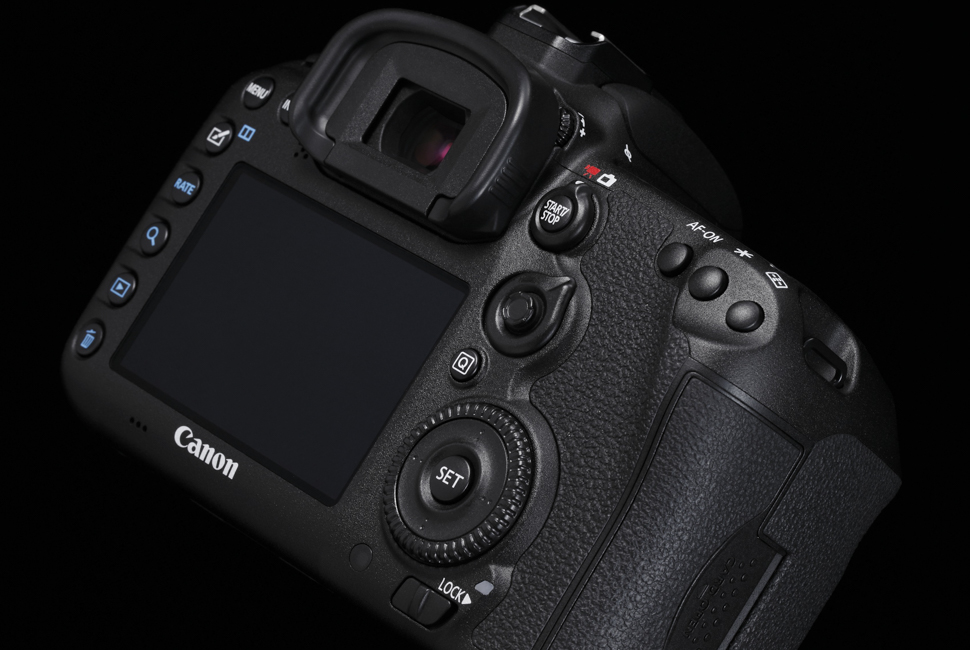
The second-generation Canon EOS 7D Mark II DSLR shows its semi-professional status in its rapid response times, sturdy, weather-resistant build, and a list of features as long as your arm.
Granted, it offers an APS-C sensor rather than a full-frame one, but this is a bonus for the target audience, one that prioritizes extra reach for its lenses over the benefits of full-frame shooting.
Its traditional optical viewfinder, which offers a 100% field of view, is big and bright enough for eye-level image composition, even when working in dim lighting conditions. You also get a very capable 65-point AF system to provide pin-sharp focus no matter where your subject wanders in the frame, and battery life is respectable too, giving you around 670 shots per charge.
• Read more: Canon EOS 90D vs EOS 80D vs EOS 7D Mark II

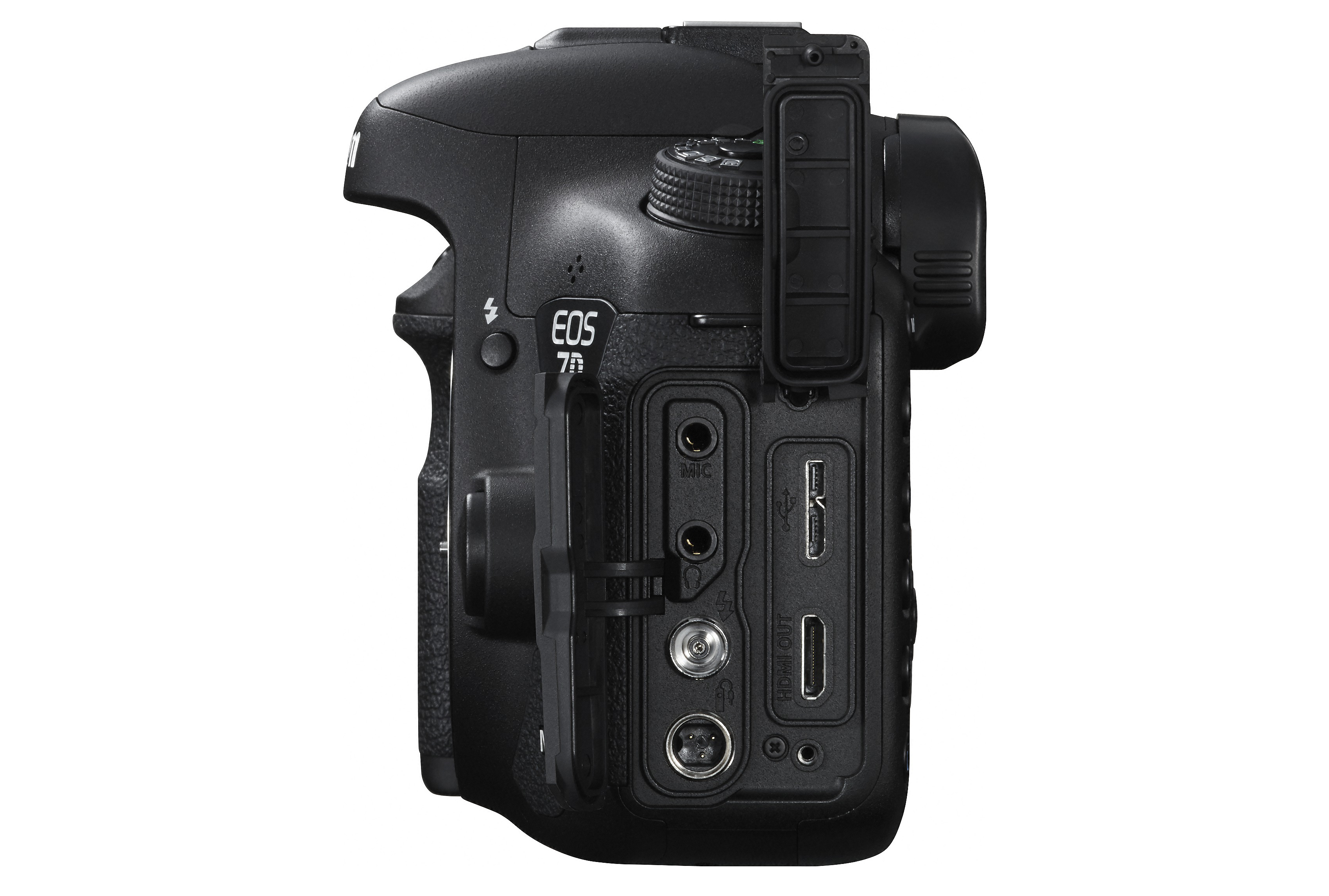
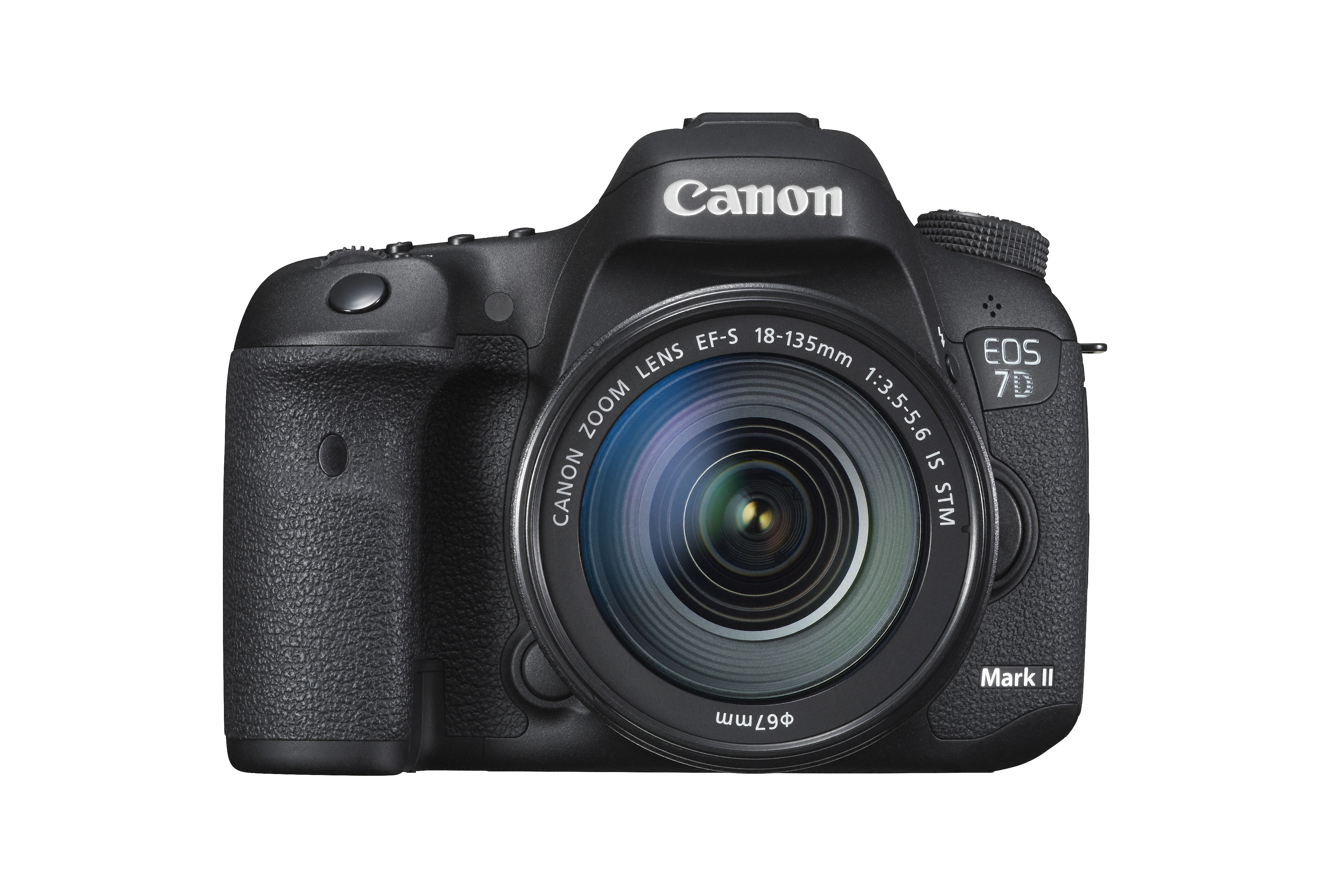
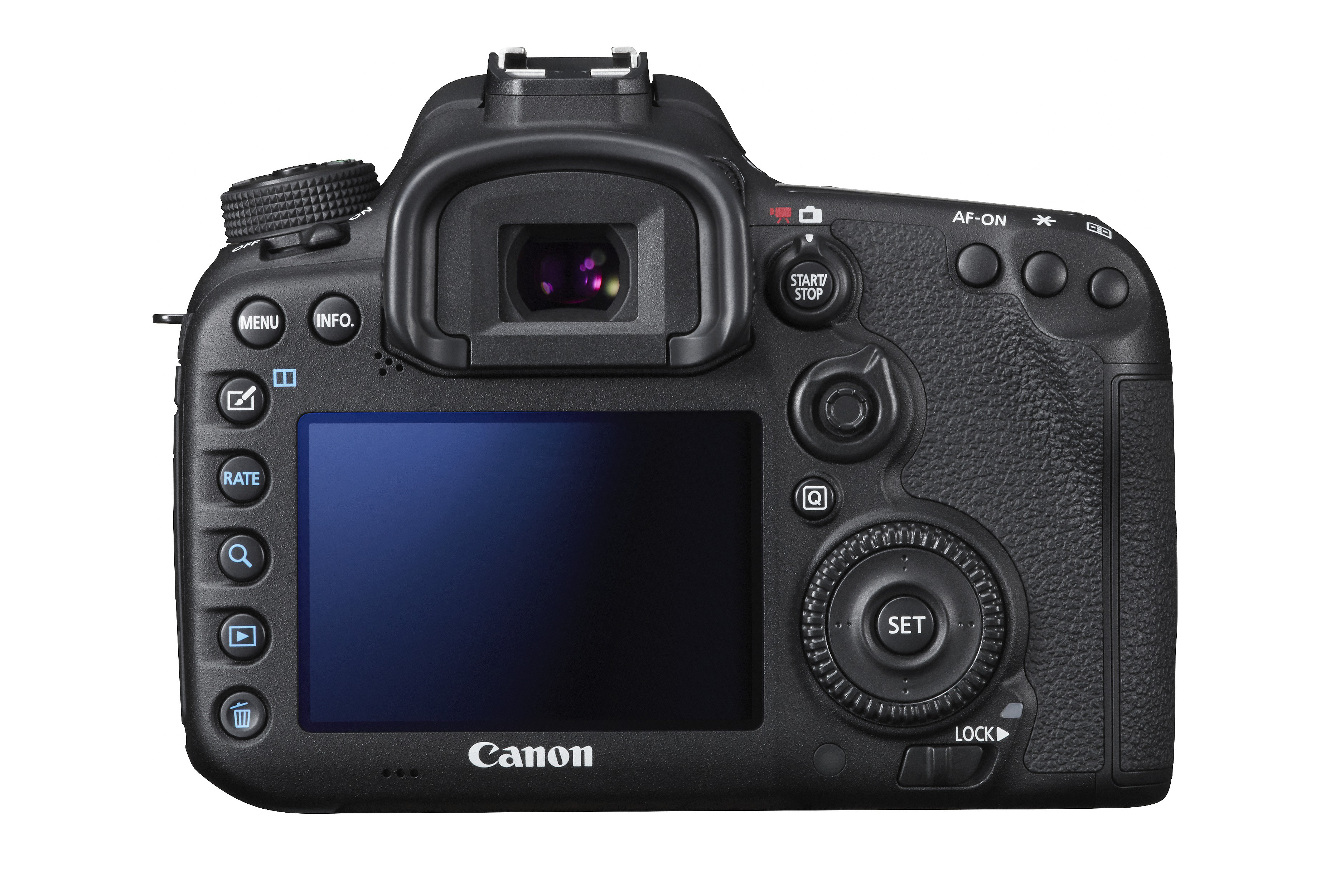
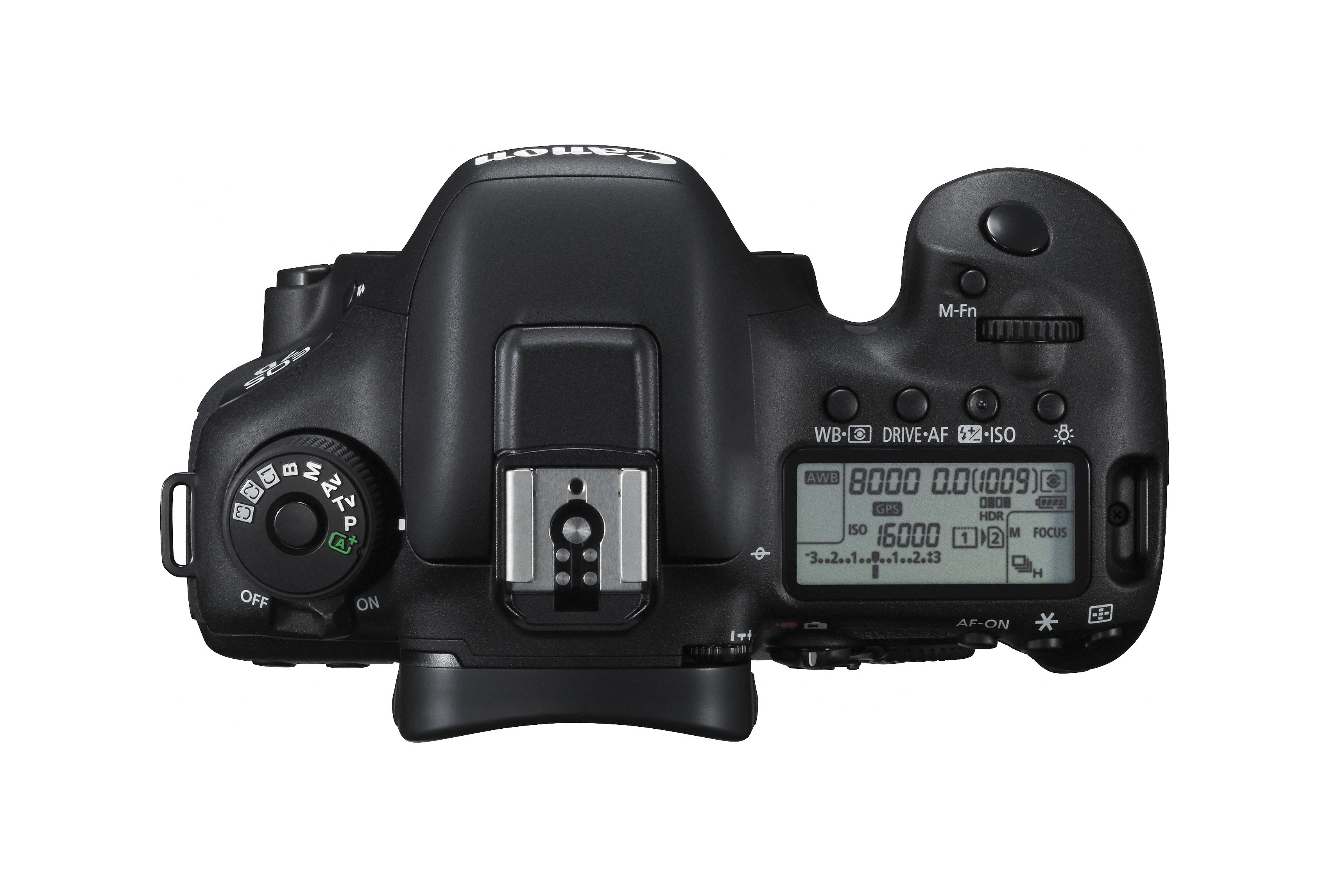
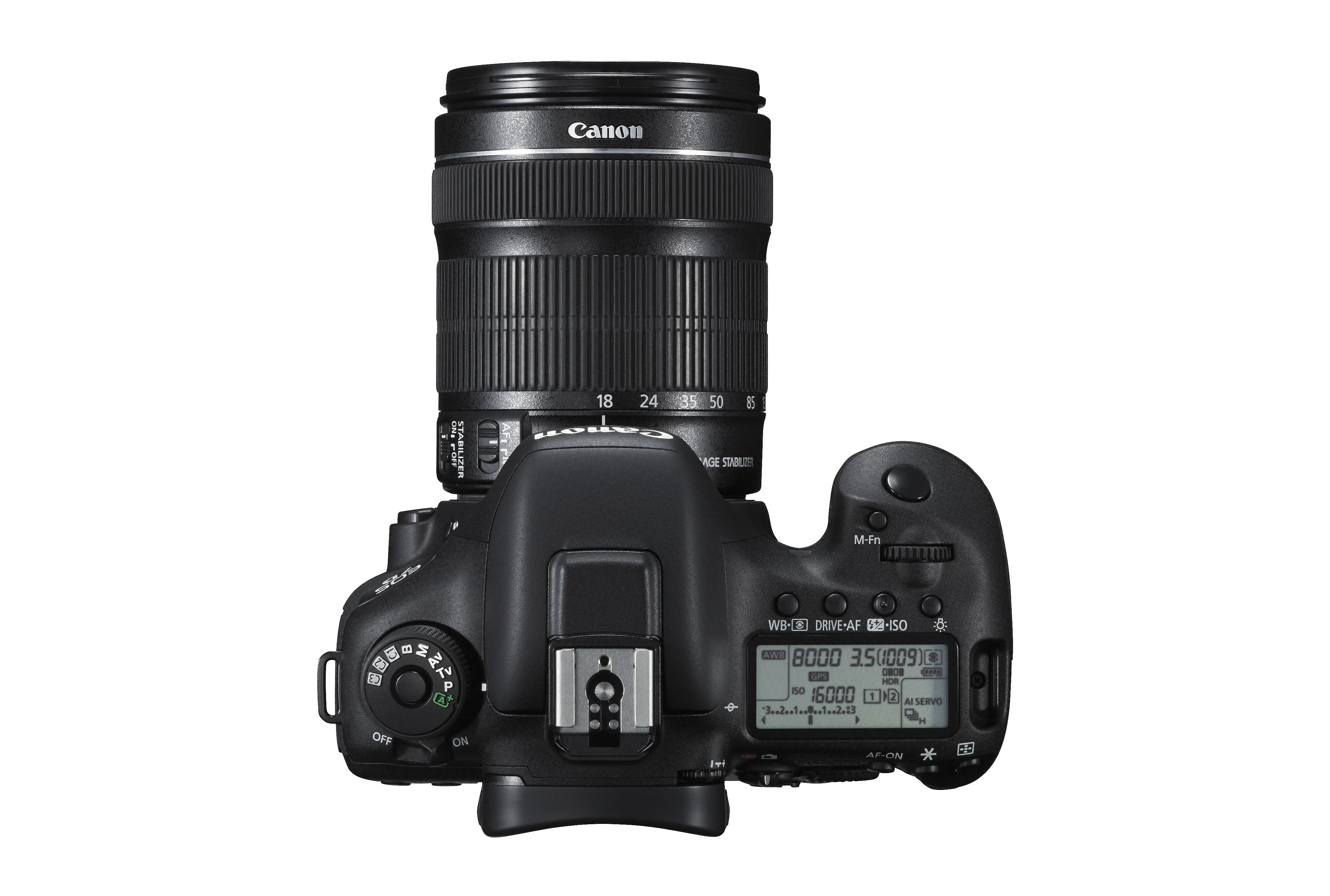
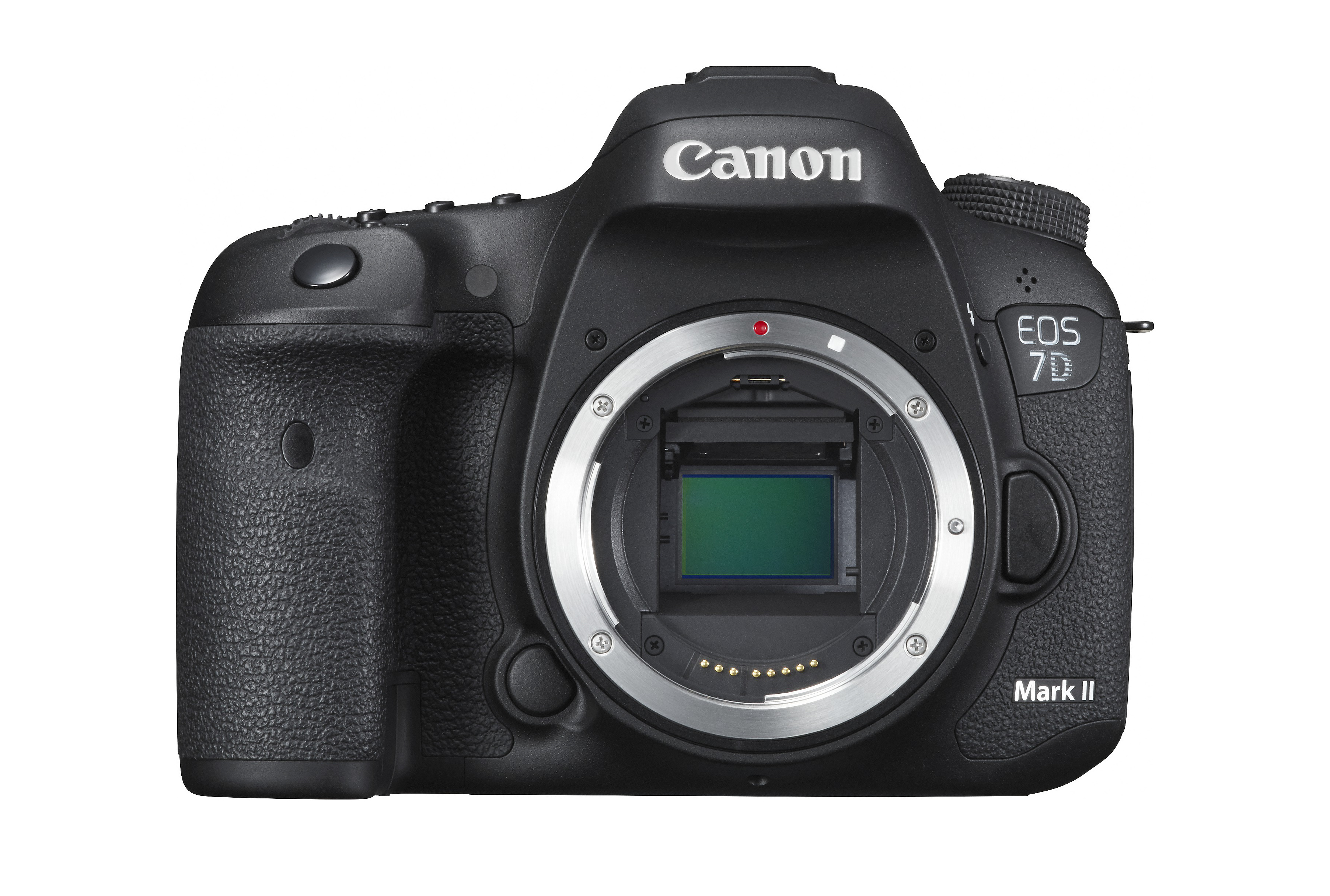
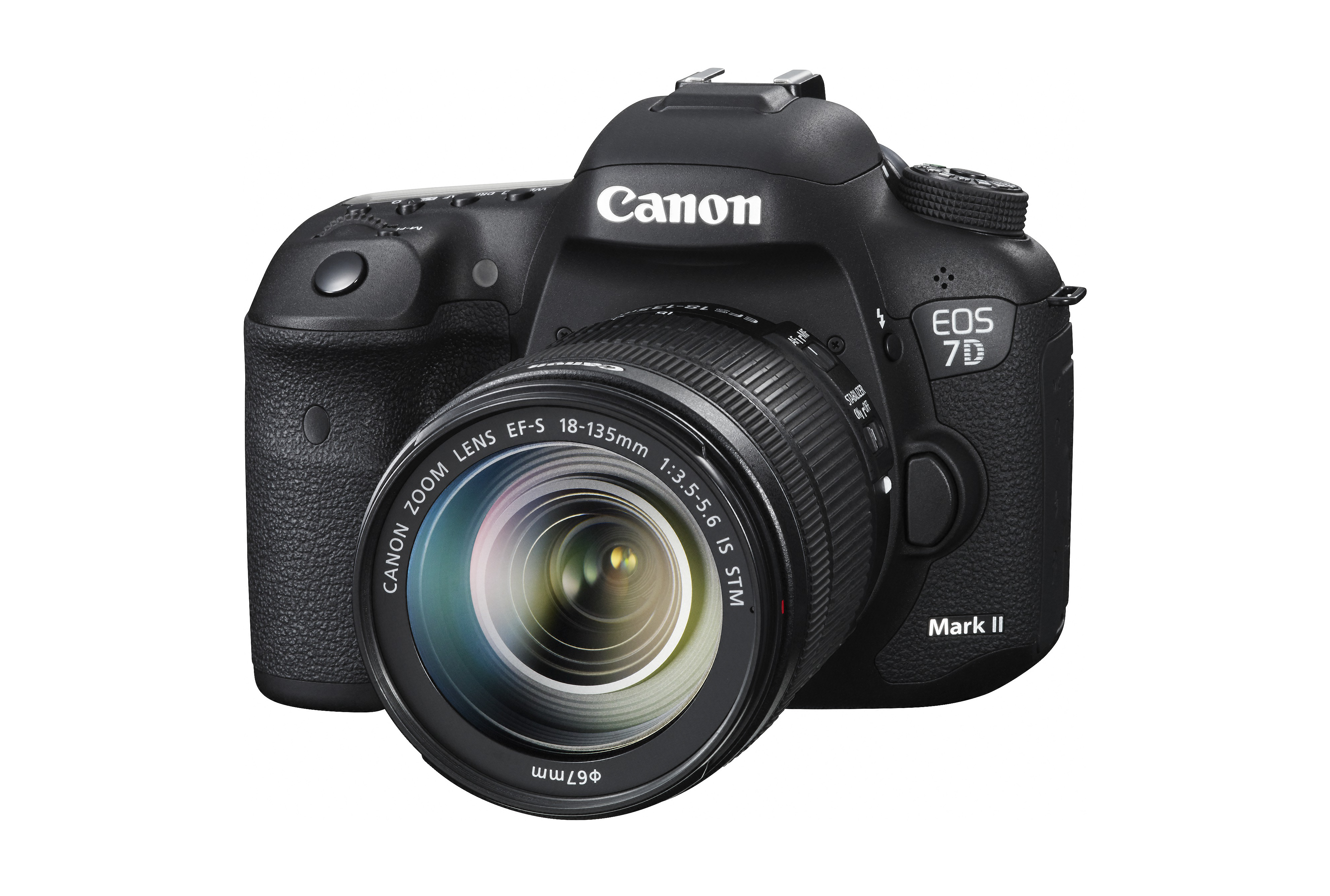
Canon EOS 7D Mark II Key Specs
Take a close look at what this APS-C DSLR is capable of
Type: DSLR | Sensor: APS-C | Megapixels: 20.2MP | Lens mount: EF-S | Screen: 3in fixed LCD, 1.04 million dots | Viewfinder: Optical | Maximum continuous shooting: 10fps | Max video resolution: 1080p | User level: Enthusiast
Given that the older EOS 7D was popular with fledgling filmmakers, it comes as no surprise that Canon has given things a boost here. Full HD capture is available at 60p, and we also get a microphone input for more professional sound via an optional external microphone, plus a headphone jack is provided for audio monitoring. Further improvements come in the form of Dual Pixel AF – a lifesaver for fast and smooth autofocus performance in both live view and video – together with built-in GPS and compatibility with a Wi-Fi unit.
Handling and access to key features feels familiar, though the joystick used to scroll through menu settings on the rear of the EOS 7D Mark II is a little small and can be a tad slippery in the heat of the action.
We do, however, love the fact that the camera has a top-plate LCD for displaying key settings at a glance, plus dedicated small buttons around its screen for altering choices with a spin of an adjacent control wheel. We also get a 3in LCD screen on the back plate although, unlike an increasing number of rivals, it can't be physically adjusted in any way.
Despite some tweaks here and there, it appears that Canon has taken the “if it ain’t broke don’t fix it” approach, following in the footsteps of the justifiably popular EOS 7D. In short, if you don’t need a full-frame DSLR, the second iteration of the EOS 7D is likely to be towards the top of your shortlist.
Similar cameras: Nikon D7200, Nikon D7500, Canon EOS 77D
Read more:
The best Canon lenses
Canon EOS 7D Mark II review
Get the Digital Camera World Newsletter
The best camera deals, reviews, product advice, and unmissable photography news, direct to your inbox!

For nearly two decades Sebastian's work has been published internationally. Originally specializing in Equestrianism, his visuals have been used by the leading names in the equestrian industry such as The Fédération Equestre Internationale (FEI), The Jockey Club, Horse & Hound, and many more for various advertising campaigns, books, and pre/post-event highlights.
He is a Fellow of the Royal Society of Arts, holds a Foundation Degree in Equitation Science, and holds a Master of Arts in Publishing. He is a member of Nikon NPS and has been a Nikon user since his film days using a Nikon F5. He saw the digital transition with Nikon's D series cameras and is still, to this day, the youngest member to be elected into BEWA, the British Equestrian Writers' Association.
He is familiar with and shows great interest in 35mm, medium, and large-format photography, using products by Leica, Phase One, Hasselblad, Alpa, and Sinar. Sebastian has also used many cinema cameras from Sony, RED, ARRI, and everything in between. He now spends his spare time using his trusted Leica M-E or Leica M2, shooting Street/Documentary photography as he sees it, usually in Black and White.
